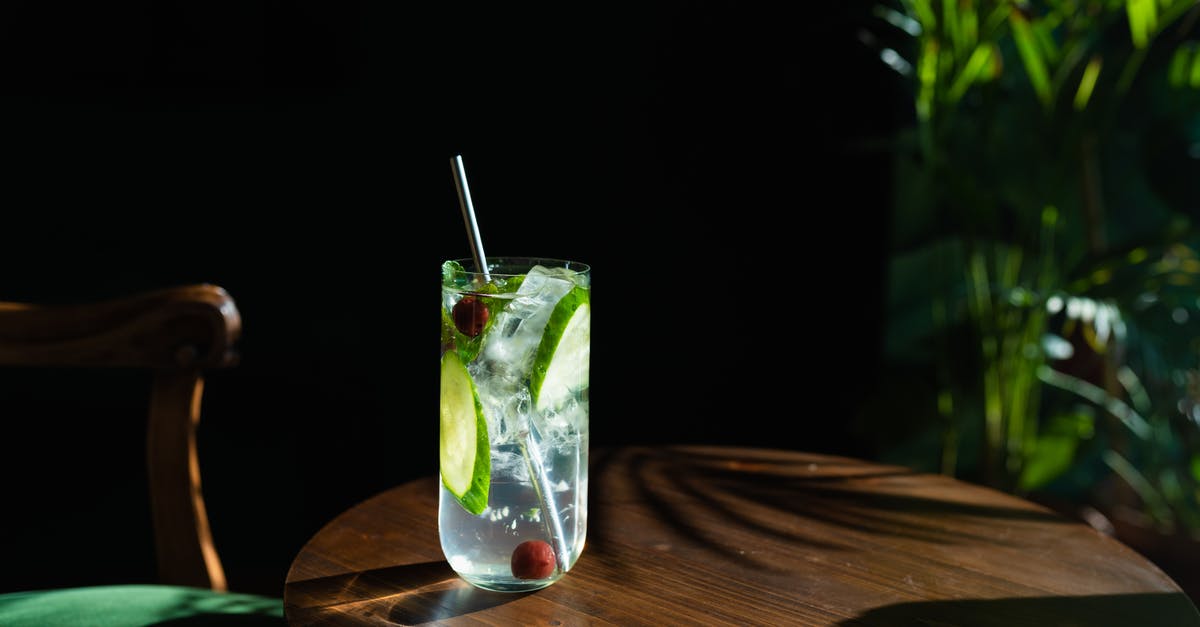Avoiding poisonous quince juice

I'm cooking jelly from quinces, with core housing and seeds. I try to remove sliced seeds. From the leftover mass I prepare delicious quince bread by passing it through a food mill ("Flotte Lotte"). What is left in the food mill (seeds etc., now called residuum) I put in the freezer to get additional juice after quince season. The seed shell from the seeds is damaged/removed during the milling process.
Is it safe to cook the residuum once more? I've read that the hydrogen cyanide inside the seeds is water solutable and volatile. So I'm unsure if
- hydrogen cyanide is still inside the seeds after cooking for one hour
- the hydrogen cyanide can escape from slightly damaged seeds
- I cook poisonous juice
- I poison myself from the gas while cooking
I really don't want to put anyone's health on jeopardy.
Best Answer
Short answer: No.
Hydrogen cyanide (HCN) boils at 26 C (79 F), which is quite low, so after one hour of boiling you would be left with very little HCN. You need about 200 ppm in most mammals for the LD50 (dose at which 50% of a group of animals die). You are very unlikely to reach this concentration in a kitchen with the window open or an extractor fan running. I've been unable to find values for the HCN content in quince, but there are closely related species like apple and pear that do have available values for the HCN containing compounds.
However, what is actually in quince seeds is a nitrile compound - this is a group of chemicals that contain a cyanide group; the most commonly studied and mentioned form of this is a chemical known as Amygdalin. These are altered by the stomach acids and enzymes and can release the HCN from the nitrile. How much is released is probably a bit dependent on the conditions under which it is treated. Boiling seems to be effective at extracting amygdalins and that they contain in apple and pear between 3.0 and 1.3 mg/gram of amygdalin respectively. This converts to 0.1772 mg HCN per gram of seed dry weight for apple (please check my maths - HCN Mr = 27.0253 g/mol; amygdalin Mr = 457.429 g/mol; there is 1 HCN per amygdalin). If you boiled 100 grams of the (dry) seed you would get ~12 milligrams of potential HCN. The NIOSH limits for HCN exposure are a time-weighted average of 10 mg/m3 over 8 hours, so you would need to absorb all of that amygdalin over about 8 hours to see any effect.
It seems that the seeds are incorporated into a bunch of remedies (see sections on edible and medicinal uses), so it is likely that there is actually much threat from the seed or products of the seeds unless consumed in significant amounts.
Pictures about "Avoiding poisonous quince juice"



Is quince fruit poisonous?
The seeds contain nitriles, which are common in the seeds of the rose family. In the stomach, enzymes or stomach acid or both cause some of the nitriles to be hydrolysed and produce hydrogen cyanide, which is a volatile gas. The seeds are only toxic if eaten in large quantities.Are quince poisonous raw?
To Eat, or Not to Eat: Despite what you may have read or heard, quinces are perfectly edible when raw.Are all varieties of quince edible?
Yes. The fruit on a flowering quince is edible, but the fruit on a flowering or Japanese quince is extremely tart. While you can use them to make jams and jellies, you'll get much better results from a quince that was bred to produce fruit.Can I eat ornamental quince?
The fruit of ornamental quince is edible, but tends to be less known for its flavor than that of Cydonia oblonga.5 Health Benefits of Quince! | Benefits of | Healthy Living Tips
Sources: Stack Exchange - This article follows the attribution requirements of Stack Exchange and is licensed under CC BY-SA 3.0.
Images: Arina Krasnikova, Arina Krasnikova, Arina Krasnikova, Arina Krasnikova
